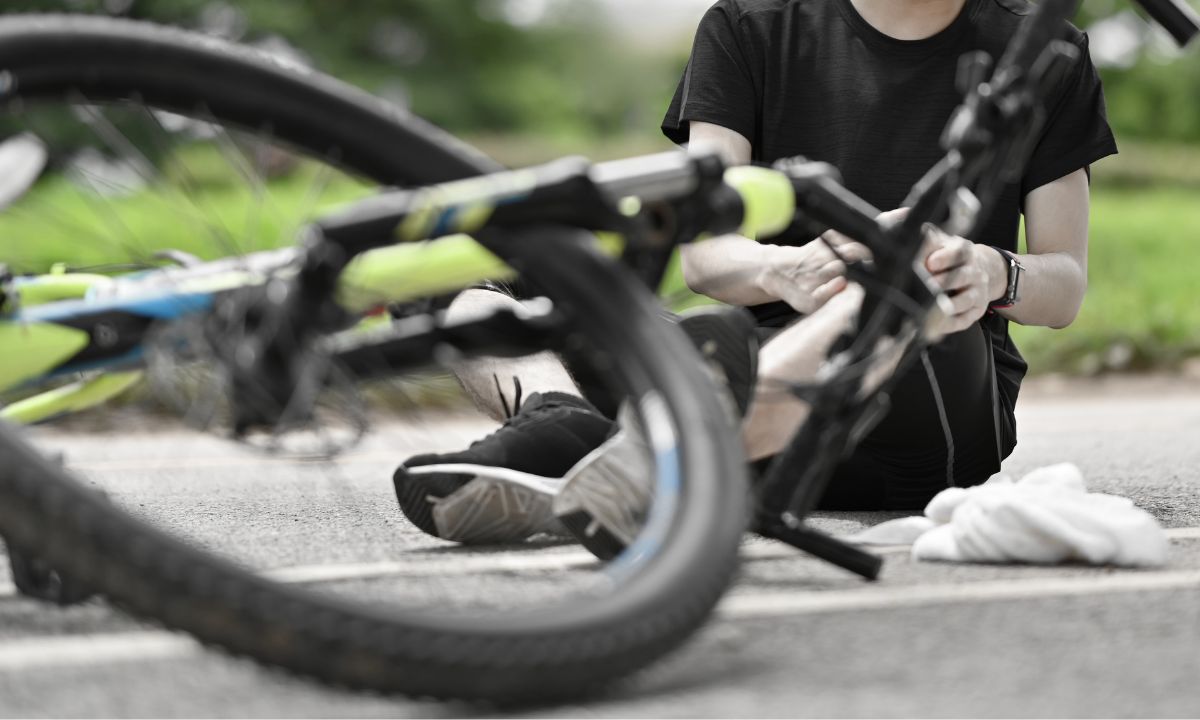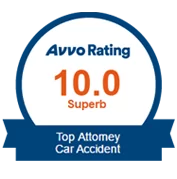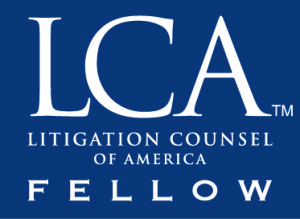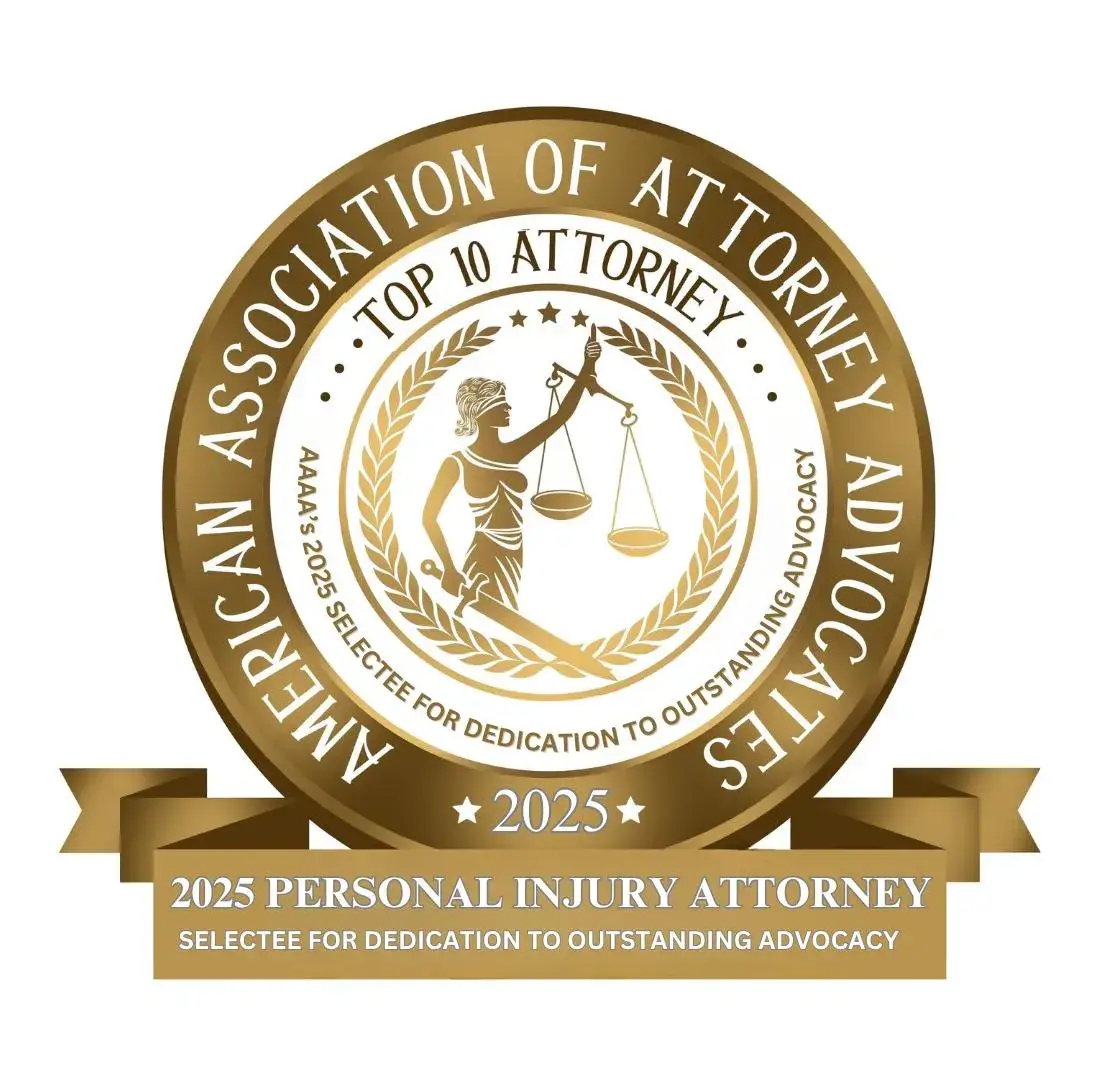What is the Most Common Type of Construction Accident?
Every towering structure, every smooth highway, every sturdy bridge is the result of intense labor in an environment packed with potential hazards. It’s a tough job, and unfortunately, it’s also one of the most dangerous professions out there. While numerous things can go wrong on a construction site, one type of accident consistently tops the list for causing the most devastating outcomes.
If you or someone you care about has been injured on a construction site, the physical pain is often just the beginning. Medical bills pile up, lost wages create financial strain, and figuring out who is responsible and what steps to take next adds a layer of immense stress. You don’t have to figure it out alone.
Call Maggiano, DiGirolamo & Lizzi P.C. at (201) 585-9111 to discuss your situation.
Table of contents
Falls Lead the Fatality Charts
It comes as no surprise that working at heights is risky business. When OSHA analyzed construction fatalities, falls consistently emerged as the single largest cause of death. In 2021, falls accounted for a staggering 37% of all construction worker deaths. That’s more than one out of every three fatal incidents. Workers commonly fall from:
- Scaffolding: Improperly erected, overloaded, or poorly maintained scaffolding is a common culprit.
- Ladders: Using the wrong type of ladder, placing it on uneven ground, or overreaching can lead to disaster.
- Roofs: Working near unprotected roof edges or openings, or on unstable surfaces, presents serious fall risks.
- Structural Steel & Ironwork: Maneuvering on beams high above the ground carries inherent danger.
- Floor Openings: Uncovered or unmarked holes in floors pose a significant threat.
But falls aren’t just about heights. Slips and trips on the same level also cause a substantial number of non-fatal injuries, sometimes severe ones. Debris, clutter, spills, poor lighting, and uneven surfaces can all send a worker tumbling, resulting in fractures, sprains, head injuries, or back problems.
New York has specific laws aimed at protecting workers from height-related risks. New York Labor Law § 240, often called the “Scaffold Law,” places absolute liability on property owners and general contractors for ensuring proper protection against falls and falling objects. This means if adequate safety devices like scaffolding, hoists, ladders, or safety harnesses weren’t provided or were defective, and a worker gets injured due to a gravity-related risk, the owner and contractor are generally held responsible, regardless of the worker’s own actions contributing to the fall. This law is unique to New York and provides strong protections for workers injured in elevation-related accidents.
The Rest of OSHA’s “Fatal Four”
While falls hold the grim top spot, OSHA identifies three other major hazards that frequently lead to fatalities on construction sites.
1. Struck-By Incidents
This category involves workers being hit by an object. This isn’t limited to just falling items; it covers a range of scenarios:
- Falling Objects: Tools, materials, or debris dropped from heights. This risk is why hard hats are standard issue, but they can only do so much against heavy or fast-moving items.
- Swinging Objects: Loads being moved by cranes or hoists can swing unexpectedly.
- Flying Objects: Debris thrown from machinery, or pieces breaking off power tools.
- Rolling Objects: Pipes, equipment, or vehicles moving on the ground. Vehicle-related struck-by incidents are particularly common and deadly.
Recent data showed struck-by incidents (including vehicles and falling/flying objects) accounted for around 8% of construction fatalities and are a major source of non-fatal injuries too.
2. Electrocutions
Contact with electricity is another major killer on construction sites, responsible for roughly 8% of construction worker deaths in recent years. The unfinished nature of construction sites means exposed wiring, temporary power setups, and the use of power tools in potentially damp conditions are common. Key risks include:
- Contact with overhead or underground power lines.
- Contact with energized sources like temporary lighting, transformers, or circuit breakers.
- Improperly grounded equipment or tools.
- Damaged cords or extensions.
Strict adherence to electrical safety standards, including lockout/tagout procedures when working on electrical systems, using ground-fault circuit interrupters (GFCIs), and maintaining a safe distance from power lines, is necessary.
3. Caught-In/Between Incidents
These horrific accidents happen when a worker is squeezed, crushed, pinched, or compressed between two or more objects, or between parts of an object. They accounted for about 5% of construction fatalities recently. Examples include:
- Cave-ins of unprotected trenches or excavations.
- Being pulled into or caught in machinery with moving parts.
- Being crushed between a vehicle (like a backing truck) and a fixed object (like a wall).
- Getting pinned between heavy materials or equipment.
Proper trenching safety systems (like shoring or sloping), guarding moving machinery parts, maintaining safe distances from operating equipment, and ensuring clear communication, especially around heavy vehicles, can prevent these tragedies.
Verdicts and Settlements
$1,500,000 - Medical Negligence
To a gastric bypass patient who suffered serious complications of a gastric leak which was not timely diagnosed.
$2,325,000 - Work Site Accident
To an HVAC worker who fell through an opening in a roof. The defense argued the opening was obvious and he should have watched where he was going. We proved that the unprotected opening was an OSHA violation and the worker was entitled to a reasonable cover to protect him from an inadvertent slip and fall as required by Federal regulations.
$240,000 - Slip & Fall
To a 66 year old individual “visiting” the college to attend a course on job interviewing skills and resume building, who was injured when he was caused to trip and fall on an exterior walkway outside the school building where he was attending the “meet and greet” session.
Beyond the Big Four: Other Common Construction Accidents
While the Fatal Four grab headlines due to their deadly consequences, numerous other accidents frequently injure construction workers in New Jersey and New York. These incidents add to the toll of pain, lost work time, and medical expenses.
- Machinery and Equipment Accidents: Beyond being caught in machinery, simple malfunctions or improper use of heavy equipment (cranes, forklifts, bulldozers, power tools) can cause significant injuries like amputations, fractures, and crushing injuries. Defective equipment supplied by manufacturers or rental companies can also be a cause.
- Trench and Ground Collapses: As mentioned under “Caught-In/Between,” excavations are inherently unstable. Without proper shoring, sloping, or trench boxes, the walls can collapse suddenly, burying workers.
- Slips, Trips, and Falls (Same Level): Recalling the earlier mention, even falls that aren’t from a height cause countless injuries. Wet surfaces, clutter, uneven ground, and poor lighting contribute heavily.
- Overexertion and Repetitive Motion Injuries: Lifting heavy materials, repetitive swinging, awkward postures, and prolonged vibration from tools can lead to strains, sprains, back injuries, carpal tunnel syndrome, and tendinitis. These develop over time but are directly related to job duties.
- Fires and Explosions: Faulty wiring, leaking flammable gases or liquids, and improper storage of combustible materials can lead to devastating fires and explosions.
- Exposure to Hazardous Substances: Construction workers may encounter asbestos, lead, silica dust, chemical solvents, and other toxins. Prolonged exposure can cause respiratory diseases, skin conditions, and other long-term health problems.
- Vehicle Accidents: This includes collisions between construction vehicles on site, workers being struck by vehicles, or accidents involving construction vehicles entering or exiting the site onto public roads.
Why These Accidents Persist
Knowing what happens is one thing; understanding why is another. Construction accidents rarely occur out of the blue. They typically stem from underlying failures or unsafe conditions. Some common root causes include:
- Inadequate Safety Training: Workers may not know how to recognize hazards or use safety equipment properly.
- Insufficient Personal Protective Equipment (PPE): Failure to provide, or workers failing to use, necessary gear like hard hats, safety glasses, fall harnesses, gloves, or respirators.
- Lack of Fall Protection: Missing guardrails, inadequate scaffolding, lack of safety nets or personal fall arrest systems where required. OSHA requires fall protection at heights of six feet or more in construction.
- Poor Site Supervision and Communication: Failure to enforce safety rules, coordinate tasks among different crews, or communicate hazards effectively.
- Defective Tools or Equipment: Machinery that malfunctions due to poor design, manufacturing defects, or lack of maintenance.
- Rushing and Pressure to Meet Deadlines: Cutting corners on safety procedures to save time or money.
- Failure to Follow Regulations: Ignoring specific OSHA standards or state/local safety codes designed to prevent accidents. This includes the OSHA General Duty Clause (Section 5(a)(1)), which requires employers to provide a workplace free from recognized hazards likely to cause death or serious physical harm.
- Unsafe Site Conditions: Cluttered work areas, poor lighting, unstable ground, inadequate shoring in trenches.
After the Dust Settles: Your Rights and Legal Pathways in NJ & NY
The path forward generally involves two main avenues: Workers’ Compensation and potential Third-Party Lawsuits, often governed by specific state laws.
Workers’ Compensation: The First Line of Support
Both New Jersey and New York require most employers to carry workers’ compensation insurance. This is a no-fault system, meaning you typically don’t have to prove your employer was negligent to receive benefits. If injured while performing job duties, you are generally entitled to:
- Medical Treatment: Coverage for all reasonable and necessary medical care related to the injury, including doctor visits, hospital stays, physical therapy, and medications. In NJ and NY, you generally must see doctors authorized by the workers’ compensation insurance carrier after initial emergency treatment.
- Wage Replacement: Payments to cover a portion of your lost wages if the injury prevents you from working for a certain period (usually more than seven days). In NJ, this is typically 70% of your average weekly wage, subject to state maximums. In NY, it’s generally two-thirds of your average weekly wage, also capped.
- Permanent Disability Benefits: If the injury results in permanent impairment, you may be entitled to additional benefits based on the type and severity of the disability (Partial or Total).
Key Steps (General – NJ & NY have specific forms/procedures):
- Report the Injury: Notify your supervisor/employer immediately or as soon as possible. Both states have reporting deadlines (e.g., typically within 30 days in writing in NY).
- Seek Medical Attention: Get necessary treatment. Ensure the doctor knows it’s a work-related injury.
- File a Claim: Officially file a workers’ compensation claim form with the state board (e.g., Form C-3 in NY).
While workers’ comp provides immediate support, it’s important to know you generally cannot sue your direct employer if you are covered by their workers’ comp insurance. The benefits also don’t cover damages like pain and suffering.
Third-Party Lawsuits: Seeking Full Accountability
Sometimes, someone other than your direct employer is partially or fully responsible for the conditions that led to your injury. In these cases, you may be able to file a separate personal injury lawsuit against that “third party.” This allows you to potentially recover damages not available through workers’ comp, such as pain and suffering, full lost earning capacity, and sometimes punitive damages.
Potential third parties could include:
- General Contractors: They oversee the entire site and have a duty to maintain overall safety.
- Property Owners: Owners have a responsibility to keep their property reasonably safe, even during construction.
- Subcontractors: A different subcontractor working on the same site whose negligence caused your injury.
- Architects and Engineers: If flawed designs contributed to the accident.
- Equipment Manufacturers: If defective machinery or tools caused the injury.
Relevant Laws:
- New Jersey: Follows principles of negligence. You must prove the third party failed to exercise reasonable care, and this failure caused your injury. Liability can be distributed among multiple parties based on their percentage of fault (comparative negligence). The statute of limitations for personal injury lawsuits in NJ is generally two years from the date of the accident (N.J.S.A. 2A:14-2).
- New York:
- NY Labor Law § 240 (Scaffold Law): As previously mentioned, imposes strict liability on owners and general contractors for elevation-related injuries due to lack of proper safety devices. Comparative fault of the worker is generally not a defense.
- NY Labor Law § 241(6): Requires owners and contractors to provide “reasonable and adequate protection and safety” for workers in construction, excavation, or demolition areas. This law relies on violations of specific safety rules found in the New York Industrial Code (Part 23). Unlike § 240, a worker’s comparative negligence can potentially reduce their recovery under § 241(6).
- NY Labor Law § 200: Codifies the common-law duty to provide a safe workplace. Claims under this section usually require proving the defendant had authority to control the activity bringing about the injury and had notice (actual or constructive) of the unsafe condition.
Don’t Let an Accident Tear Down Your Future: Build Your Case with Maggiano Law
You built things for a living; now let us help you rebuild after an injury.
Call us today at (201) 585-9111 for a consultation to discuss your accident and explore your legal options.



















